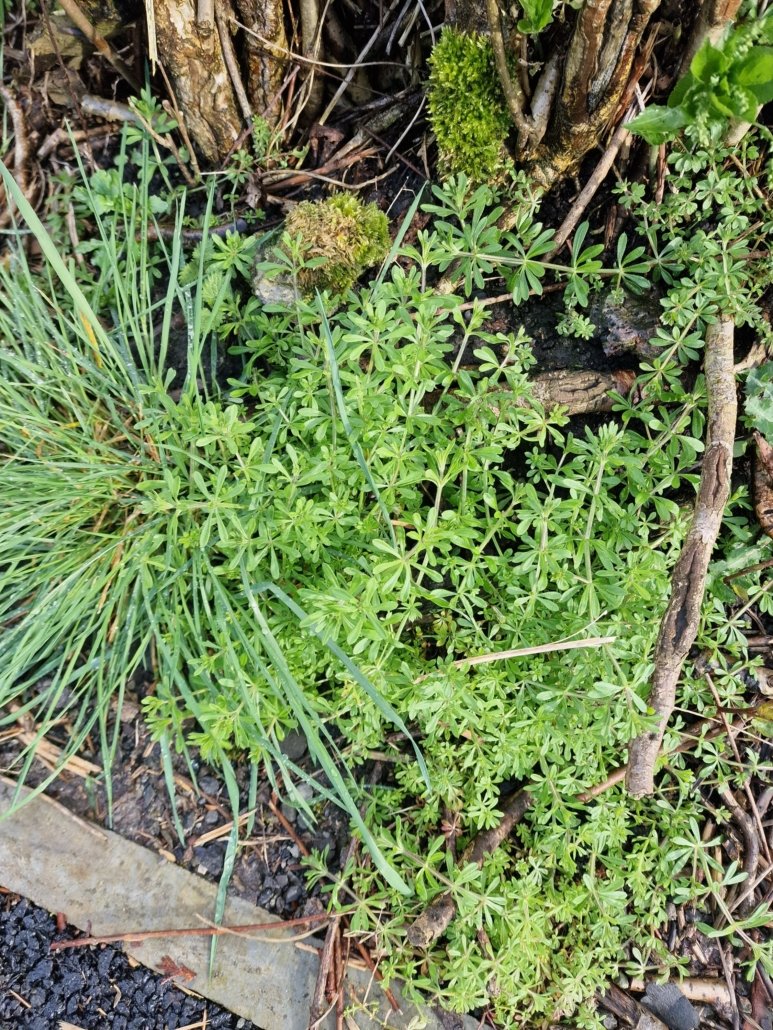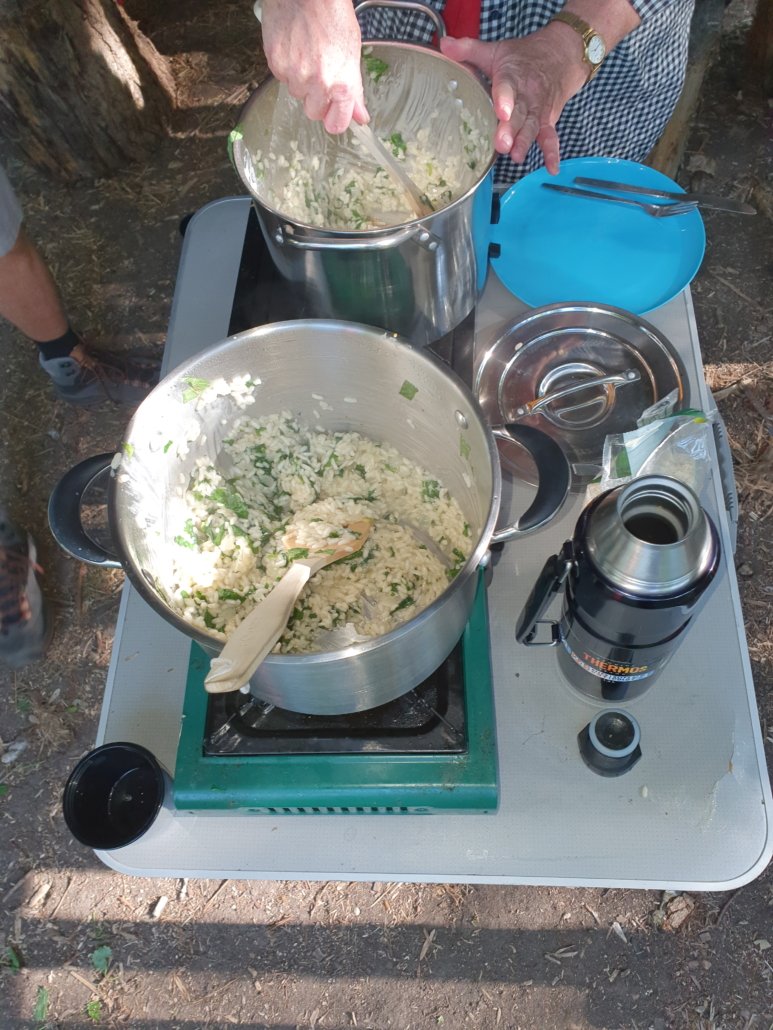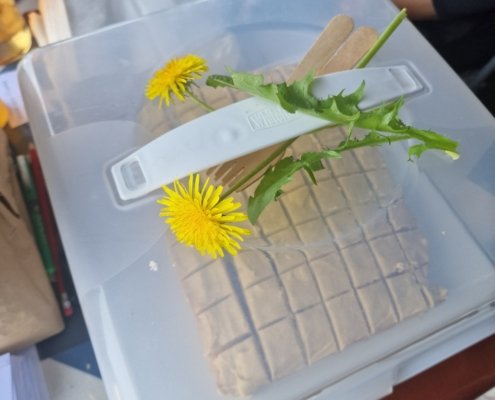Blog Elements
You can display blog posts in various ways with the “Blog Post” element/shortcode. You can see one example here and even more at the blog main menu item of this demo.
It has taken me a while to post this, so apologies for my tardiness. Earlier this year, in conjunction with Bwyd Powys Food and Builth Wells Community Hub, I led a wild food and foraging session with the aim to help local low or zero income families to learn about seasonal eating and how to improve their health for free, whilst increasing their nutritional intake.
It was a bit wet and cold, so a few people dropped out but we had eight people out and getting wet whilst learning about what is safe to eat and what isn’t, including 5 adults and 3 children.
We saw Stinging Nettles, Plantain, Dock, Hawthorn, Ground Elder, Cleavers, Mullein, Dandelions, Blackthorn flowers, Common Sorrel, Garlic Mustard, and Ground Ivy.




The learner foragers each took an identification card and harvested their chosen plant to be taken back to the hub.
Back at the hub we added some of our herbs to hot water to infuse and make a stock, meanwhile we got to chopping onions and plants. The younger members were tasked with frying the onions, adding risotto rice and gently cooking the risotto whilst adding the stock. When the risotto was cooked, they added the chopped plants and some grated cheese.




The risotto went down really well (especially with the younger foragers! Adults, take note, lol).
The session went down well, and we hope to repeat it at other times in the year to help educate about seasonal eating.
If you would like to do something similar with your group/organisation, reach out to Gavin at gavin@foundfood.com







